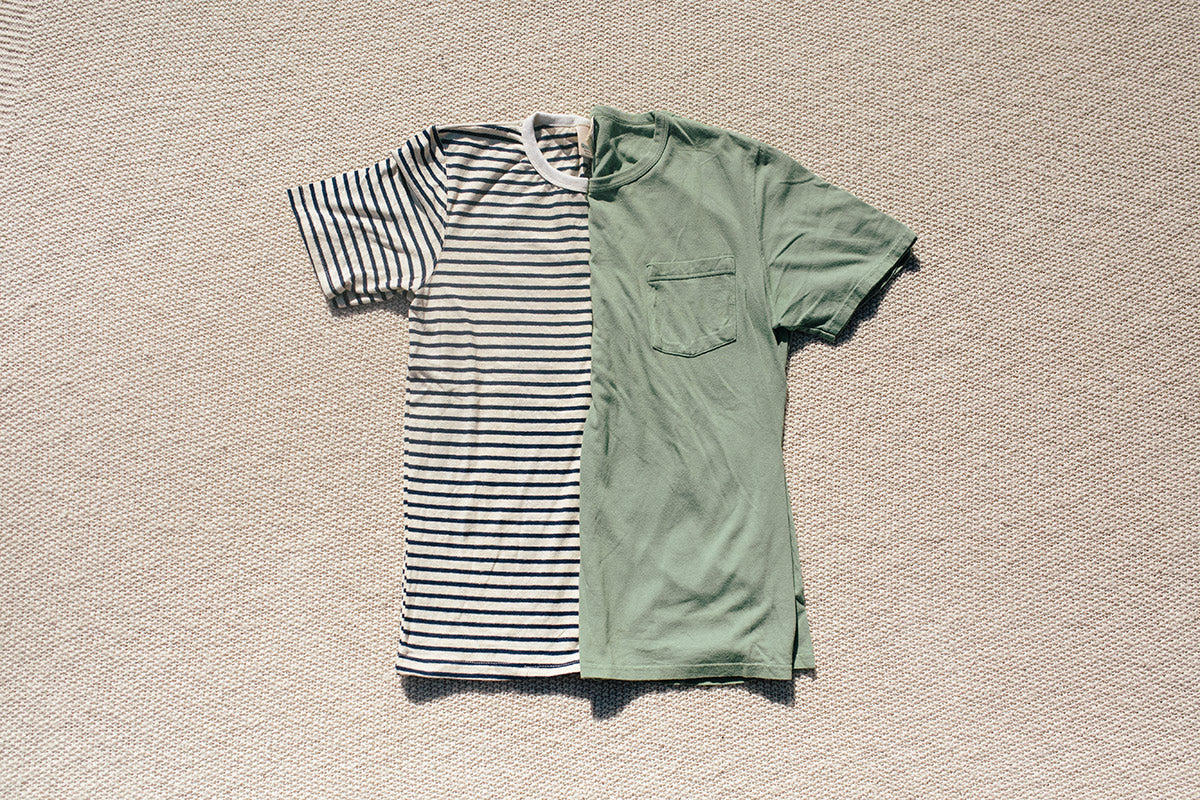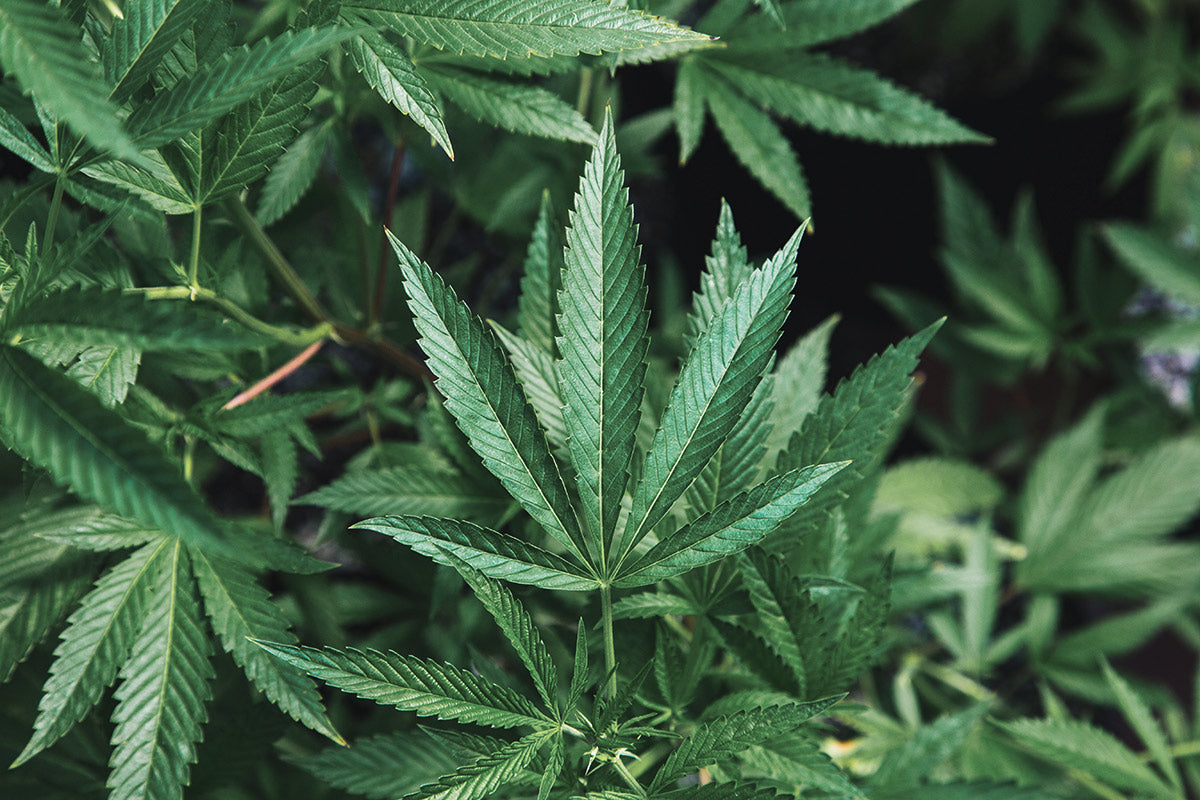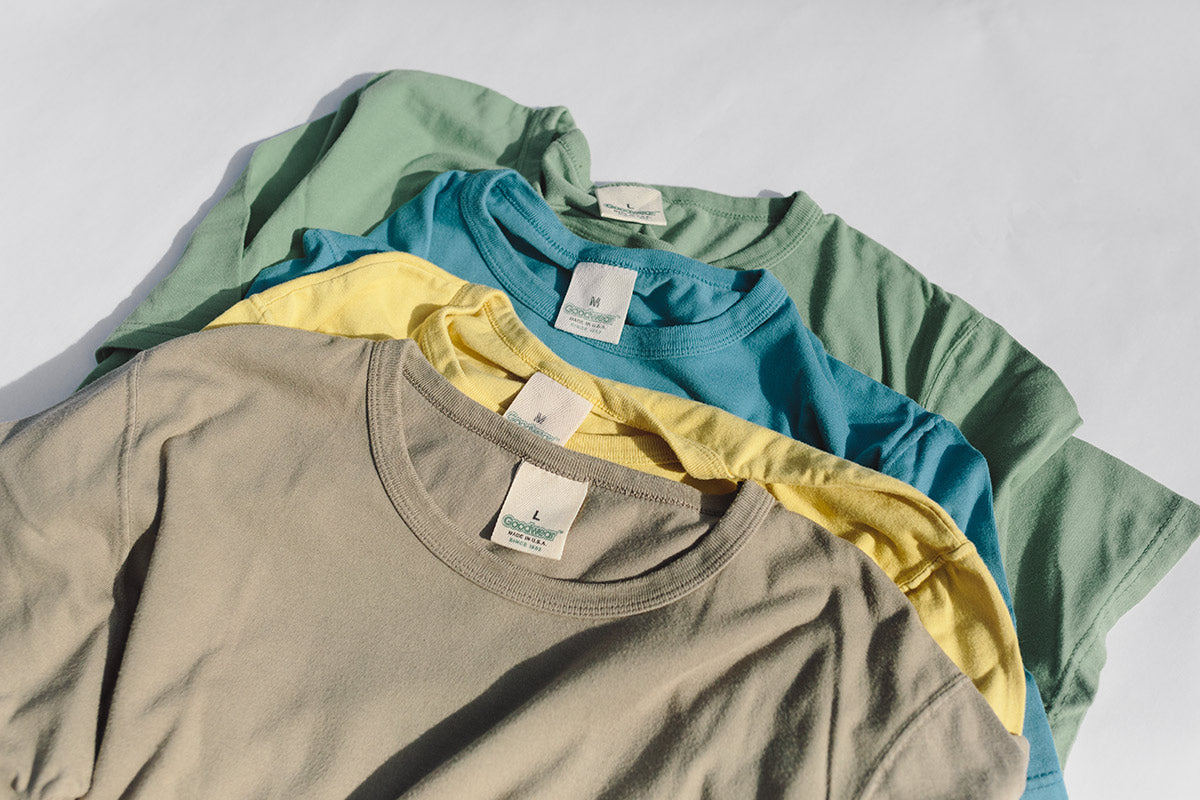What Makes Hemp Fabric the Best Choice for Sustainable Clothing?

Since the Hemp Farming Act (2018), which led to industrial hemp being re-classified as an ordinary agricultural commodity, there has been a rising consensus of the crop’s positive potential in the American textile industry.
Previously, through decades of stigmatization due to its close biological ties with the marijuana strain of the Cannabis Sativa plant — the same species of plant that hemp is a different strain of — it was heavily restricted by federal law.
But, now, farmers are once again emboldened to risk its cultivation, and its environmental sustainability and versatility are what makes it a viable option. Despite its relative lack of cultivation in America, it is now being lobbied as an alternative to cotton and a welcome weapon in the battle against the overseas fast fashion industry.
Why Hemp Is a Viable Option in American Climes
Industrial hemp, as it is otherwise known, grows in temperate to tropical climates with high humidity. This is available in the lower latitudes of the nation. Farmers are already seeing it as a safer option than its psychoactive cousin.
The reason they are so optimistic about it is that it is a very versatile plant:
-
Its fibrous outer layer is used in textiles, biodegradable plastics, and paper.
-
Its woodier inner layer is used for mulch, animal bedding, and building materials.
-
Its seeds can be used for oil, biofuel, and paints.
But these are not the only reasons why it can advantage our society, especially in this era of climate change omens.

Hemp Has a Low Impact on the Environment
Hemp has been in cultivation for thousands of years. Originally used for its psychoactive and medicinal purposes, it was then cultivated for its fibers, which led to the hemp genetic strain evolving (with less tetrahydrocannabinol). Its fibers were used extensively in clothing, as well as in the sails and cordage for ships.
Its widespread use meant that it was a popular plant to cultivate. There are a few reasons why it was and still is so easily used, especially in relation to cotton, which is still by far the most popular plant used for apparel and textiles:
-
Hemp plants only need 5% of the water it takes for cotton to grow! The environmental repercussions of this are obvious.
-
Hemp grows faster than cotton, which reduces soil impact and encourages farmers to expect better economical gain.
-
Hemp has a greater resistance to pests than cotton, which naturally results in less pesticide use. This also maintains the cleanliness of the environment.
- Hemp doesn’t need as many specialized conditions as cotton to grow, and it doesn’t deplete topsoil. Cotton often needs a rich topsoil layer, while hemp can grow in a greater variety of conditions.

Process of Manufacturing Hemp Fabric: Raw vs Viscose
The process of preparing and manufacturing Hemp fabric is relatively quick and inexpensive. The following is a step by step breakdown for raw hemp textiles.
-
Retting: The bast fibers on the outer layer of the plant are harvested and laid out over the ground for retting, which is the process of bacteria and fungi breaking down the fibers in the plant. Dew naturally quickens the process.
-
Breaking: The stems are broken by passing them through a roller or breaker.
-
Scutching: The broken stems are then beaten, so as to separate the wanted fibers from the hemp’s inner core.
-
Hackling: The fibers are combed to eliminate unwanted dirt.
-
Roving: The fibers are drawn out through this stretching and twisting process, which improves their strength.
- Spinning: The process used to make the fibers into yarn. Wet spinning results in a softer yarn. Dry spinning doesn’t require water, but it does result in a rougher yarn.
Alternatively, hemp can be processed into a polyester alternative, viscose. Otherwise known as rayon, viscose yarns are made from woody plants like bamboo, sugarcane, and hemp ("rayon" traditionally uses trees).
The process is chemical, utilizing a closed loop system to eliminate the discharge of waste product. Basically, the hemp is ground into a pulp, which is dissolved in a strong base liquid. The cellulose can then be removed from solution, and spun into yarn. The result is a shockingly similar yarn to polyester - lightweight, thin, stretchy, and breathable - without any of the plastic or oil, and entirely biodegradable.
Sustainable & Advantageous Nature of Hemp Fabric
Once hemp fabric is put to its many uses, they hold certain advantages over traditional cotton textiles and apparel.
Long-lasting and Strong
The fibers of hemp are stronger than that of cotton, even if coarser. This results in clothing and textiles that can be used for a longer period of time, thus reducing waste and carbon footprint.
Breathable
The fibers allow air to pass between easily, thus keeping the wearer cool. This is especially useful in hotter climates.
Heat Resistant
The fabric doesn’t retain heat well, which is also a boon in hotter climates of the South and Midwest.
Resists Pilling
Pilling is a phenomenon where small fuzzballs of fiber and lint form on the surface of the textile. This is especially common with wool and cotton. Hemp textiles resist this phenomenon better.
Gets Softer with Use
Initially, hemp textiles may be very coarse, but this reduces in time, through repetitive wash cycles. It ages well.
Resistant to Microbes
Hemp’s stronger and coarser nature entails it is more resistant to microbes such as bacteria and fungi. What this means is that your hemp shirts and trousers are less likely to catch dreaded mildew and other smells when kept in moist areas. This further contributes to its longevity and prevents the higher production of textile waste.
Wrapping Up: What Makes Hemp The Best Sustainable Fabric
Of course, hemp does have its disadvantages, such as its lack of softness with respect to traditional textiles like cotton and wool. But it can also be blended with these other fabrics for best results. In both its raw and viscose forms, your shirt is plastic and polyester free, and is entirely biodegradable. Blending hemp with cotton reduces the overall water and land use associated with cotton alone, and buying hemp clothing pushes the industry towards new and environmentally friendly textiles.


Leave a comment